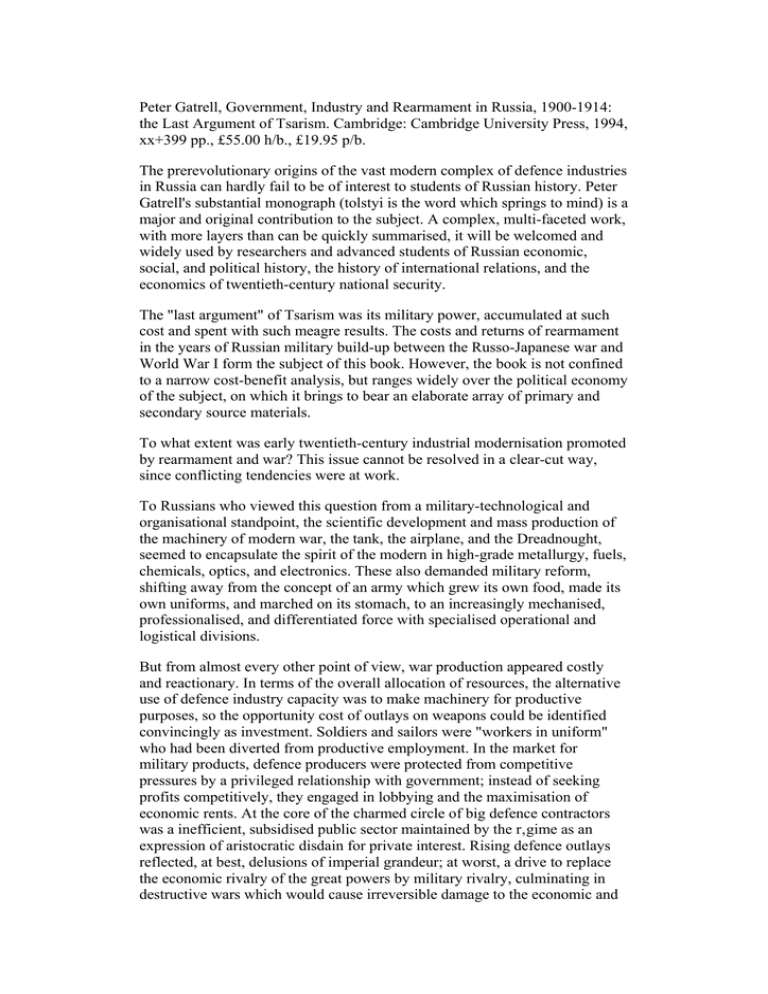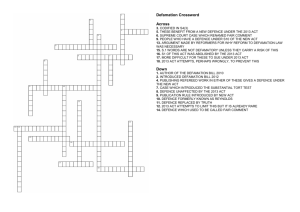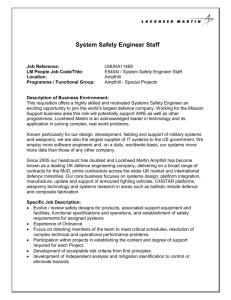Peter Gatrell, Government, Industry and Rearmament in Russia, 1900-1914:
advertisement

Peter Gatrell, Government, Industry and Rearmament in Russia, 1900-1914: the Last Argument of Tsarism. Cambridge: Cambridge University Press, 1994, xx+399 pp., £55.00 h/b., £19.95 p/b. The prerevolutionary origins of the vast modern complex of defence industries in Russia can hardly fail to be of interest to students of Russian history. Peter Gatrell's substantial monograph (tolstyi is the word which springs to mind) is a major and original contribution to the subject. A complex, multi-faceted work, with more layers than can be quickly summarised, it will be welcomed and widely used by researchers and advanced students of Russian economic, social, and political history, the history of international relations, and the economics of twentieth-century national security. The "last argument" of Tsarism was its military power, accumulated at such cost and spent with such meagre results. The costs and returns of rearmament in the years of Russian military build-up between the Russo-Japanese war and World War I form the subject of this book. However, the book is not confined to a narrow cost-benefit analysis, but ranges widely over the political economy of the subject, on which it brings to bear an elaborate array of primary and secondary source materials. To what extent was early twentieth-century industrial modernisation promoted by rearmament and war? This issue cannot be resolved in a clear-cut way, since conflicting tendencies were at work. To Russians who viewed this question from a military-technological and organisational standpoint, the scientific development and mass production of the machinery of modern war, the tank, the airplane, and the Dreadnought, seemed to encapsulate the spirit of the modern in high-grade metallurgy, fuels, chemicals, optics, and electronics. These also demanded military reform, shifting away from the concept of an army which grew its own food, made its own uniforms, and marched on its stomach, to an increasingly mechanised, professionalised, and differentiated force with specialised operational and logistical divisions. But from almost every other point of view, war production appeared costly and reactionary. In terms of the overall allocation of resources, the alternative use of defence industry capacity was to make machinery for productive purposes, so the opportunity cost of outlays on weapons could be identified convincingly as investment. Soldiers and sailors were "workers in uniform" who had been diverted from productive employment. In the market for military products, defence producers were protected from competitive pressures by a privileged relationship with government; instead of seeking profits competitively, they engaged in lobbying and the maximisation of economic rents. At the core of the charmed circle of big defence contractors was a inefficient, subsidised public sector maintained by the r‚gime as an expression of aristocratic disdain for private interest. Rising defence outlays reflected, at best, delusions of imperial grandeur; at worst, a drive to replace the economic rivalry of the great powers by military rivalry, culminating in destructive wars which would cause irreversible damage to the economic and social fabric. The huge retrograde impact of these wars, not fully anticipated at the time, appears in retrospect to have been largely predetermined by the very advances in productive and destructive powers which had enabled defence industry to symbolise modernity. And, if these generalisations might be applied to Russia, they were also to a greater or lesser extent typical of the other European powers. Gatrell has delved diligently beneath the surface of each of these issues. Although every European power had to confront them, Russia was still a special case, being the poorest and most populous of the European economies, the Russian structure of government most clearly marked by its medieval origins. Government defence priorities wavered between the pursuit of colonial expansion through naval rearmament, and facing up to military requirements of territorial defence; the relationship between strategy and defence procurement was continually undermined by bureaucratic infighting. Defence resources were limited, but the fragmented character of Tsarist decision-making guaranteed that choices among strategic and allocative alternatives were not effectively resolved. Russian bureaucrats invented new administrative systems to guide the development and procurement of modern weapons while limiting their resource and budgetary costs, but the modernisation of military and naval technology and institutions proceeded unevenly, alternately driven and constrained by the inner stresses of Russian society. The role of foreign contractors was a focus of special strains, since they offered cheap, high-grade imported weapons at the expense of national self-sufficiency. The alternative use of defence resources for investment in non-defence assets, physical and human, was a theoretical possibility, but Russia lacked the institutions to realise this choice as a practical alternative. Ultimately the "last argument" failed on the battlefield, the only place where it really counted. University of Warwick MARK HARRISON







